Explore by Theme: Race Relations
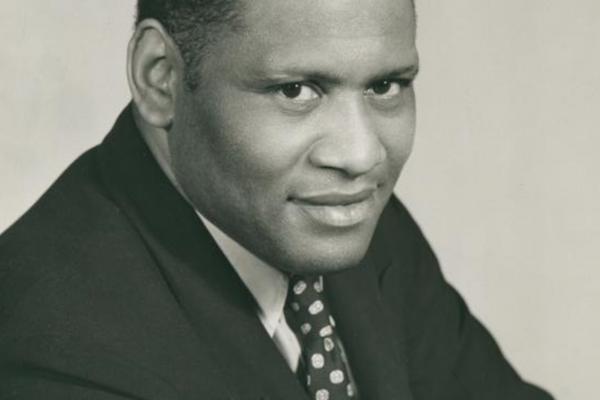
Three heroic Civil Rights icons—Paul Robeson, Malcolm X, and Dr. Martin Luther King Jr.—left formidable imprints on West Philadelphia. These biographies sketch out their lives and contributions, emphasizing their common ground as precursors to Black Lives Matter movement and the 1619 Project.
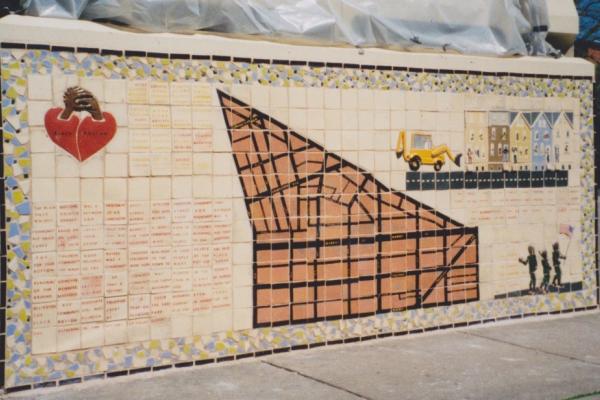
This story collection traces a sixty-year process of urban renewal on the site that once was the heart of West Philadelphia’s Black Bottom. Over this span of time, urban renewal on this site has been cyclic and replete with irony.
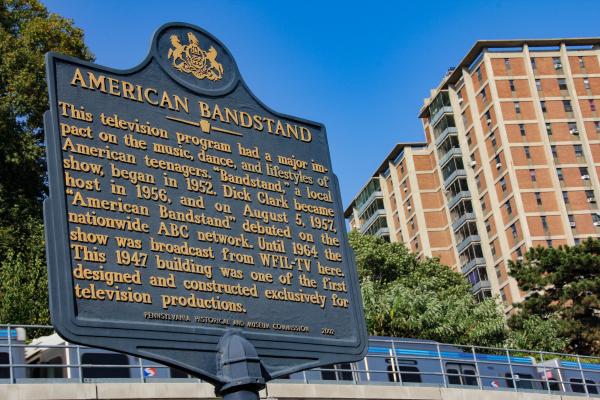
Dick Clark’s American Bandstand, a popular though controversial TV program targeted toward teenage consumers, marked Philadelphia as the national epicenter of pop music during its seven-year run at ABC’s affiliated WFIL-TV at 4548 Market St.
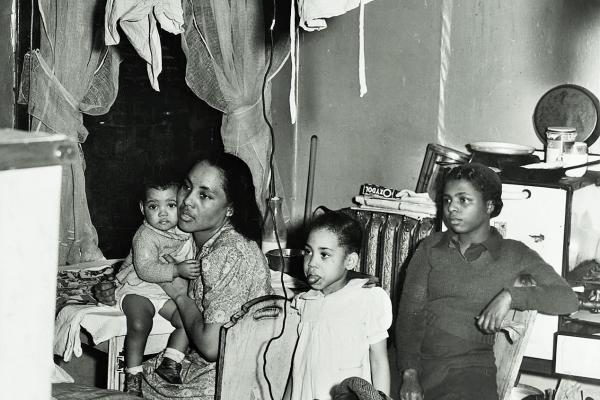
Health issues that would plague generations of African Americans in northern cities in the twentieth century, including patients treated by the Philadelphia General Hospital in the three decades after the Second World War, can be traced to cities’ discriminatory health and employment policies and practices, which found support in the writings of anti-black race-writers.
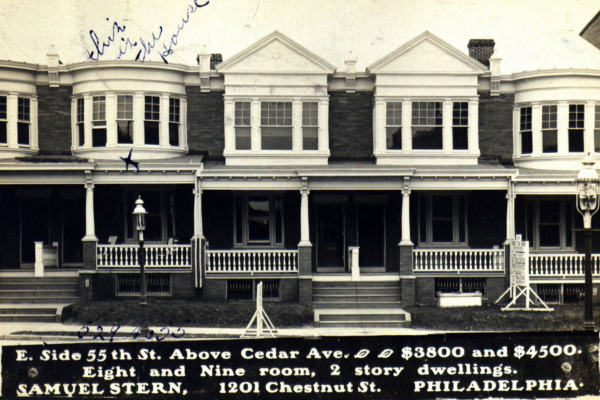
A housing crisis, combined with White resistance to Black settlement, created high rents and overcrowding for migrants in the first wave of the Great Migration.

Southern African American migrants shared a complex relationship with Philadelphia’s middle-class Black families with multigenerational ties to the city.

The Great Migration left a lasting impact on West Philadelphia that can still be felt and seen in residential patterns and community relationships.
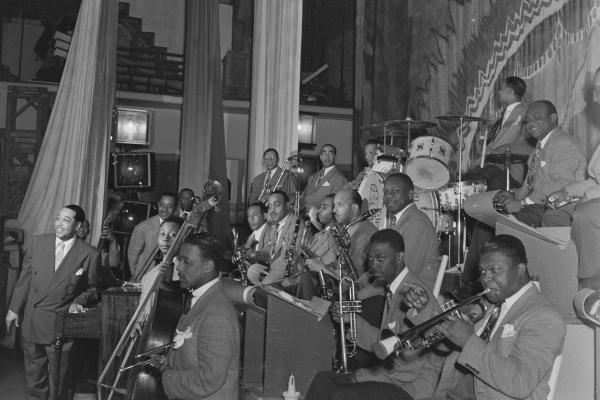
Fay’s Theatre found success as a jazz club after managers expanded their target audience to reflect West Philadelphia’s changing demographics.